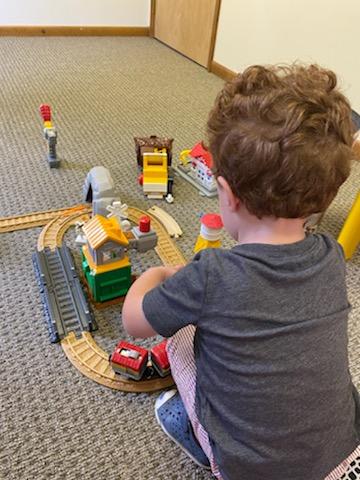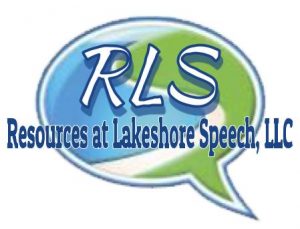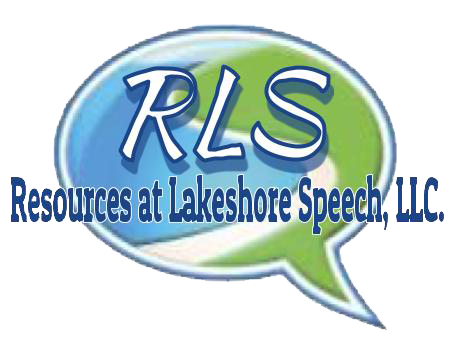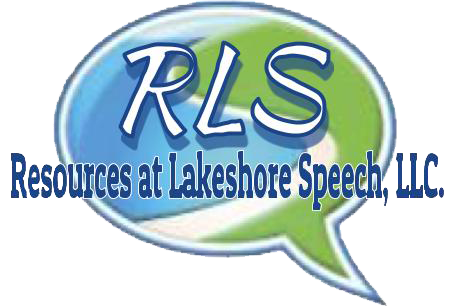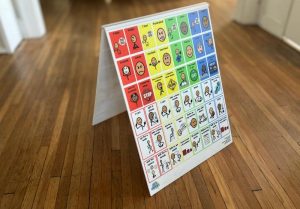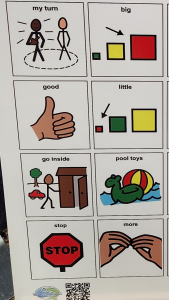When a child is developing language, families are curious about how their child processes language. One concept that is being heard a lot currently in discussions about language development is Gestalt Language Processing (GLP). There can be some confusing information about GLP. Today we are looking at GLP in hopes of making more sense of it for families.
Gestalt principles are based on the idea that the whole is greater than the sum of its parts. In terms of language, this means that children don’t just process individual words or phrases; they also consider the overall context and meaning of what is being communicated.
Here’s a breakdown of Gestalt Language Processing and how it can impact a child’s language development:
Holistic Processing
- Gestalt processing emphasizes the importance of viewing language as a whole rather than as separate parts. This means that children are not just listening to individual words, but are also taking in the entire message and considering how each word contributes to the overall meaning.
Contextual Understanding
- Children use context to help them understand language. This includes both the immediate context of the conversation (such as the topic being discussed) and the broader context of their experiences and knowledge. For example, if a child hears the word “apple” during a conversation about fruit, they will likely understand it to mean the fruit and not the technology company.
Closure and Completion
- Gestalt principles suggest that children have a natural tendency to fill in missing information to create a complete picture. In language processing, this means that children may infer meaning from incomplete or ambiguous language based on the context and their prior knowledge.
Top-Down Processing
- This concept refers to the idea that higher-level cognitive processes, such as expectations, knowledge, and context, influence how we perceive and understand language. For example, if a child expects to hear a certain word based on the context, they may be more likely to hear that word even if it is not pronounced clearly.
Problem-Solving
- Gestalt processing encourages children to use their problem-solving skills to understand language. This means that children may actively engage with language, asking questions, seeking clarification, and making connections to their existing knowledge.
Additionally, understanding Gestalt Language Processing can help families support their child’s language development in several ways:
Provide Rich Language Experiences
- Expose your child to a variety of language-rich environments, such as reading books, engaging in conversations, and exploring new experiences.
Encourage Active Listening
- Encourage your child to listen actively by asking questions, seeking clarification, and making connections to their own experiences.
Support Contextual Understanding
- Help your child make connections between words and their meanings by providing context and using visual supports when possible.
Promote Problem-Solving Skill
- Encourage your child to use their problem-solving skills to understand language by asking open-ended questions and encouraging them to think critically about what they hear.
By understanding Gestalt Language Processing and how it influences your child’s language development, you can better support their communication skills and help them become confident and effective communicators. If you have concerns or questions about your child language development, please consult a licensed speech-language pathologist.
